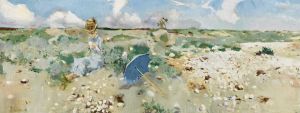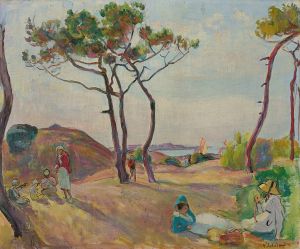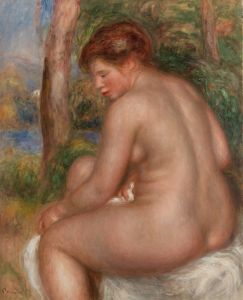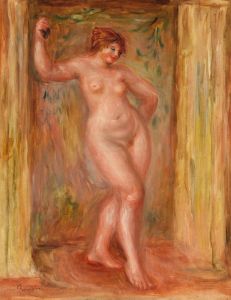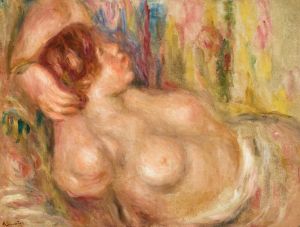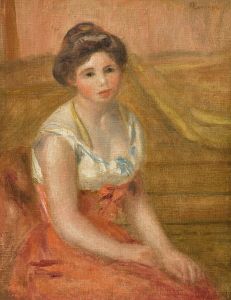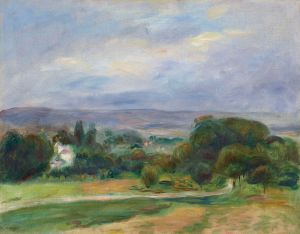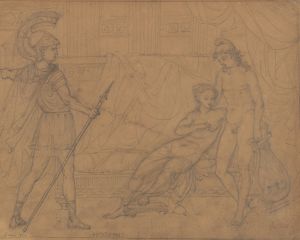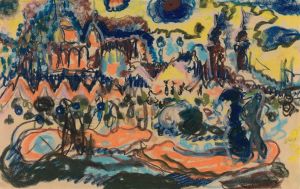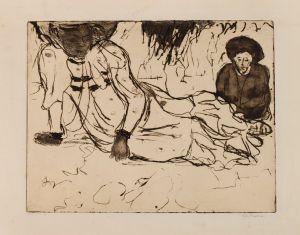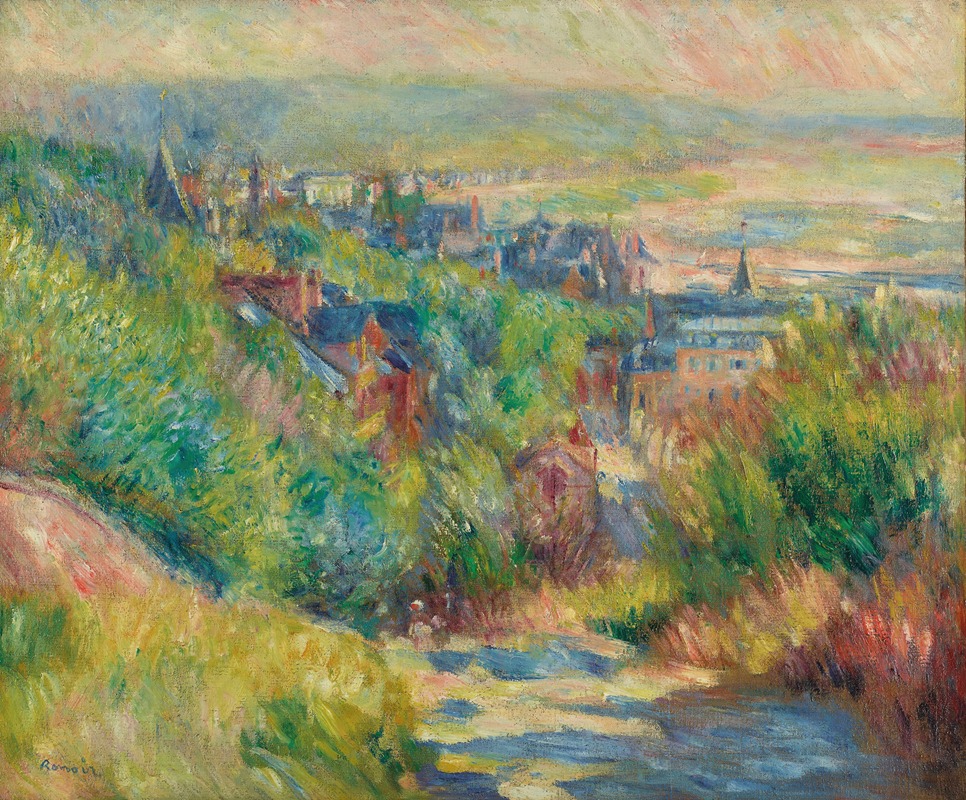
Les hauteurs de Trouville
A hand-painted replica of Pierre-Auguste Renoir’s masterpiece Les hauteurs de Trouville, meticulously crafted by professional artists to capture the true essence of the original. Each piece is created with museum-quality canvas and rare mineral pigments, carefully painted by experienced artists with delicate brushstrokes and rich, layered colors to perfectly recreate the texture of the original artwork. Unlike machine-printed reproductions, this hand-painted version brings the painting to life, infused with the artist’s emotions and skill in every stroke. Whether for personal collection or home decoration, it instantly elevates the artistic atmosphere of any space.
Pierre-Auguste Renoir, a prominent French artist and a leading figure in the Impressionist movement, created a diverse array of works throughout his career. Among these is "Les hauteurs de Trouville," a painting that reflects his keen interest in capturing the essence of landscapes and the play of light upon them. Renoir's work is celebrated for its vibrant light and saturated color, most often focusing on people in intimate and candid compositions. However, his landscapes, such as "Les hauteurs de Trouville," also hold a significant place in his oeuvre.
"Les hauteurs de Trouville" is a testament to Renoir's ability to depict the natural world with a sense of immediacy and freshness. Trouville-sur-Mer, located in the Normandy region of France, was a popular seaside resort during the 19th century. It attracted many artists and vacationers, including Renoir, who found inspiration in its scenic beauty. The painting captures the elevated views of Trouville, showcasing Renoir's skill in rendering the delicate interplay of light and shadow across the landscape.
Renoir's technique in this painting is characteristic of the Impressionist style, which emphasizes loose brushwork and a focus on the effects of light. The painting likely features a palette of soft, muted colors that convey the atmospheric conditions of the scene. This approach allows viewers to experience the transient effects of light and weather, a hallmark of Impressionist art. Renoir's landscapes often convey a sense of tranquility and harmony, inviting viewers to appreciate the beauty of the natural world.
While specific details about "Les hauteurs de Trouville" such as its exact date of creation or its current location might not be widely documented, it is consistent with Renoir's broader body of work during the late 19th century. During this period, Renoir frequently traveled and painted en plein air, a practice that was central to the Impressionist movement. This method involved painting outdoors to capture the natural light and atmosphere directly, rather than relying on sketches or memory.
Renoir's landscapes, including "Les hauteurs de Trouville," are often celebrated for their ability to evoke a sense of place and time. They reflect his deep appreciation for the natural environment and his desire to capture its ephemeral beauty. Through his use of color and light, Renoir was able to convey the mood and atmosphere of a scene, inviting viewers to engage with the painting on an emotional level.
Overall, "Les hauteurs de Trouville" exemplifies Renoir's mastery of landscape painting and his contribution to the Impressionist movement. His work continues to be admired for its beauty and innovation, offering a glimpse into the world as seen through the eyes of one of history's most beloved artists. Renoir's ability to capture the fleeting moments of light and color in nature remains a significant aspect of his legacy, influencing generations of artists who followed.






